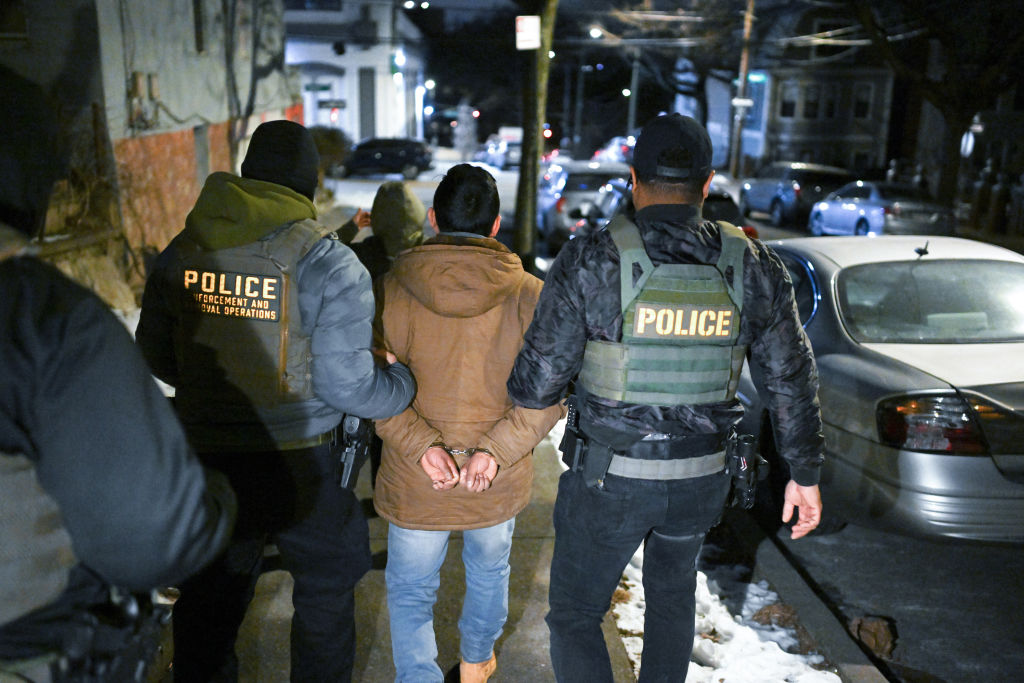Non-verbal communication: How our bodies can express more than our words
Saying everything without saying anything: non-verbal communication can convey many messages not expressed with words. Sometimes a small movement, a change of posture or a simple facial expression is enough to say much more than one might think.
Very often non-verbal communication can help us better understand the people around us, and "reveal" some information that we do not want to be expressed openly.
Photo by StockSnap from Pixabay
According to Marcie Coulter-Kern, psychology professor at Manchester University in Indiana: "Our facial expressions, body language and even physical distance send a message", she told Forbes.
Photo by andreas160578 from Pixabay
Patti Wood, international expert in non-verbal communication and human behavior said to Forbes: "We constantly communicate non-verbally". In fact, according to Wood, we can trade up to 10,000 signals in less than a minute.
Photo by Sam Williams from Pixabay
In some cases body language can say exactly the opposite of what a person is communicating verbally. In this gallery we will see some examples to better understand the emotions, needs, attitudes or intentions of those around us.
Obviously we must first of all clarify that non-verbal communication does not mean sign language, which instead is entirely different.
Among the examples shown, we will focus above all on kinesics, or the science that studies body language. This term was invented by the American anthropologist Ray Birdwhistell in the fifties.
According to non-verbal communication experts, it is really difficult to control or fake one's body language, since we would have to be aware of all our muscles in every single moment, which is impossible for a human being.
Let's start with some examples. When your interlocutor is crossing their arms or legs while talking to you, they are probably getting defensive.
If, on the other hand, if the person you are conversing with is scribbling with a pen, fiddling with their keys or looking at their phone, often keeping their head down, it could mean that they are not very interested in the subject.
Photo by Firmbee from Pixabay
When the person in front of you starts biting their nails it means that they don't feel completely at ease.
Another negative sign of the body is the drumming of the fingers on a table or other surface. In this case the non-verbal language wants to convey impatience or boredom.
Eye contact is perhaps one of the most important and easily identifiable elements. Avoiding a glance can, in fact, convey insecurity or not wanting to talk about a certain topic.
On the other hand, when eye contact is present, it is a great sign of openness and sincerity towards the other person.
Non-verbal language includes many gestures, such as touching certain parts of the face while talking about a certain topic. Touching an ear, forehead, eyes, mouth or neck can be a sign of low confidence or insecurity.
If your interlocutor maintains a relaxed posture, both while sitting or standing, perhaps with their hands along their sides, it is a sign of confidence, especially in themselves.
If, on the other hand, if they keep putting their hands on their hips during the conversation, it could be a sign of aggression or a desire to dominate.
When someone turns their hands towards other people, it means that they are open to communication. It is a spontaneous gesture that implies the desire to share ideas with others.
Hands in pockets could mean that the person in front of you is not interested in what you are talking about.
As it is easy to understand, a spontaneous smile, perhaps while looking at a photograph, is certainly a positive sign. Most of the time it means that the person is at ease and maintains an open and trusting attitude.
Our position in space can also be an indicator of how we’re feeling. According to Patti Wood, there are four proxemic zones of personal space: intimate, personal, social, and public (or professional).
Photo by Werner Heiber from Pixabay
The non-verbal language expert says that in recent years the proxemic distance of intimate personal space has grown from 30 cm in the 1990s to about 45 cm today.
Photo by Malachi Witt from Pixabay
On Forbes, Coulter-Kern states that "people often position themselves closest to those they feel comfortable with and furthest away from those they distrust."
Photo by Naassom Azevedo from Pixabay
Paralinguistics refers to vocal communication that is separate from actual language. This form of nonverbal communication includes factors such as tone of voice, loudness, inflection and pitch.
Consider how the same sentence in a different tone can have a different meaning: enthusiasm, anger, irony, disappointment, etc.
Nonverbal communication plays an important role in how we convey meaning and information to others, as well as how we interpret the actions of those around us.
More for you
Top Stories







































